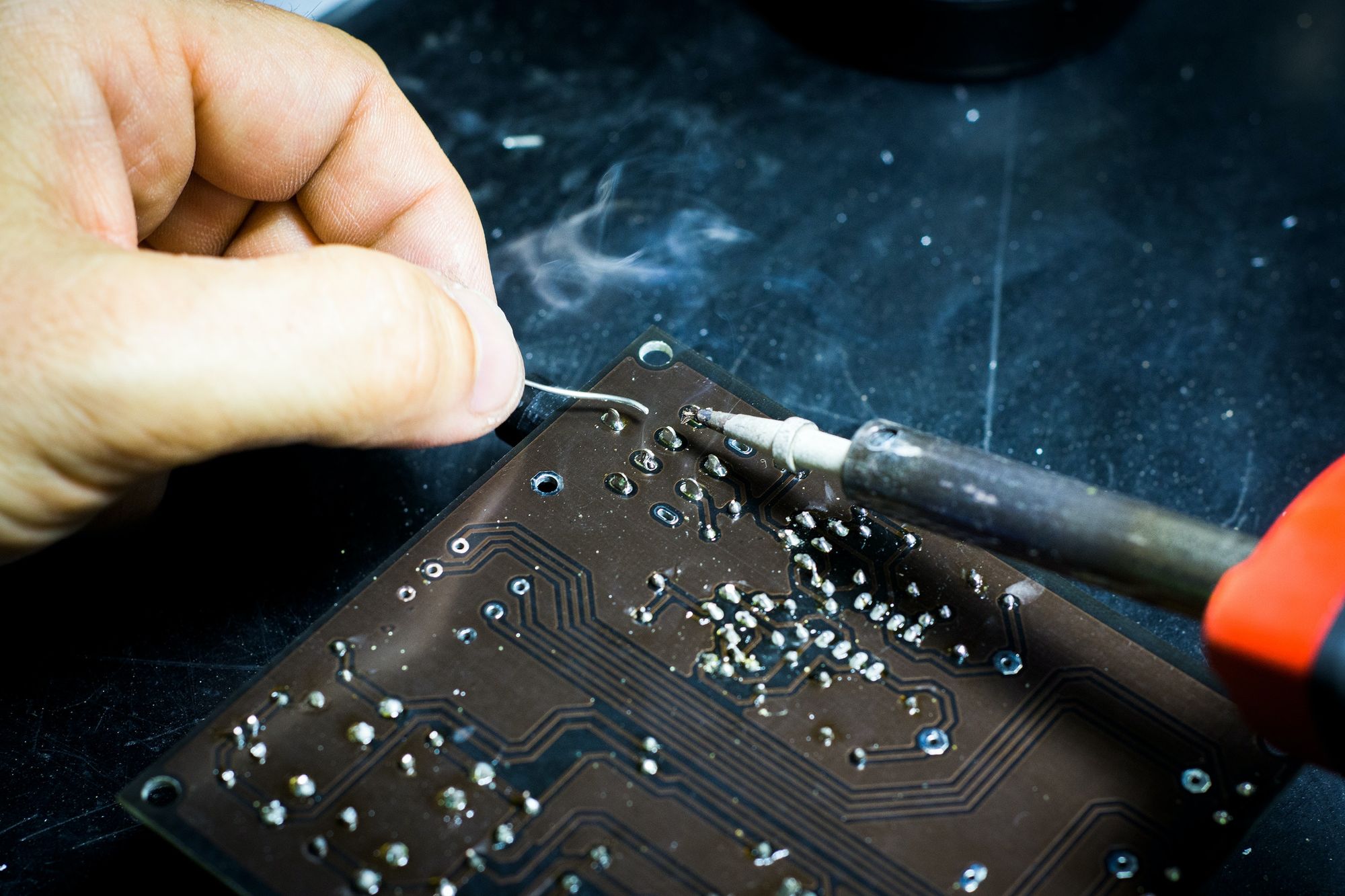Future Proofing

This article is more intended as background information and less of an actual call to action. The intent is to provide some context that may add another lens of scrutiny to the companies, representatives, or products you support.
Future Proofing is a term that has become more relevant in recent years especially with the speed of technological shifts with all forms of products (Hardware, software, medical, structural, etc). The term refers to the development of a product in a way that to ensure longevity even through other technological advancements. Not only is future proofing wildly helpful for sustainability, it also provides a less burdensome experience for users. Think of all the time that is required for the purchase, use, transition and disposal between new and obsolete products.
One of the largest roadblocks when considering future proofing is called Planned Obsolescence. It's a term that refers to the intention of developing products that either breakdown or require replacement unnaturally quickly. This was actually invented as a productive doctrine due to the Great Depression. Manufacturers were trying to find ways to bolster sales naturally and artificially. Most companies use these tactics freely and successfully throughout a consumer's experience.
Planned Obsolescence is a large umbrella term. Under that umbrella exists many manipulative tactics like Perceived Obsolescence which is one of the largest driving sales forces in the current US economy. Just the perception that your 2010 car or your "Phone X15" lacks the usefulness of a newer product ensures that you upgrade your phone or car more frequently. All of these tactics are used in tandem to ensure consistent and unadulterated economic growth in the US. The unfortunate side effect is a never ending supply of disowned and trashed products that still work or have valuable resources.
These tactics are not only widely accepted, but there are plenty of consumers who appreciate being able to purchase the newest phone with the newest replacement of the same 3 buttons. Although these tactics aren't always detrimental to the environment or users, they are unfortunately widespread and typically used in monopolies and oligopolies. That means your ability to choose a product based on longevity in many cases does not exist. Just to reiterate, you typically do not have the ability to choose a product in this "free market" based on it's lifespan or longevity.
Products with artificially limited lifespans are the epitome of unsustainable. There is no way to drastically change this capitalistic doctrine overnight. However, there are ways to promote and support companies that are focused not only on sustainability, but the longevity of products. An excellent example of this is second-hand or used clothing markets. For instance, Patagonia has a platform dedicated to reselling clothing/gear for a second life. There are obviously costs and resources needed to repurpose and refurbish those products, but Patagonia is able to earn revenue directly off a product it has already created. It is also now incentivized to provide more longevity to it's products.
In summation, most manufacturers are not incentivized to provide longer longevity of products. This is something that as a society needs to be addressed. Either they are incentivized by consumers who choose to purchase their product or by regulation/subsidies. The current capitalistic flavor in our country is inherently rooted in unsustainable practices. Hopefully after reading this short blurb, you are interested in researching more about Future-Proofing and Planned Obsolescence. Both are fascinating topics, but if that's not your cup of tea. Maybe just try not to support companies as much who are trying to capitalize off of you by reselling the same product to you every year with few changes.
Thanks for reading!
